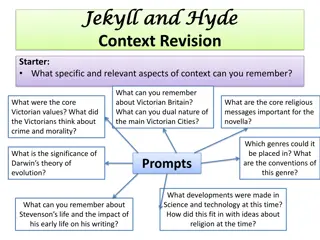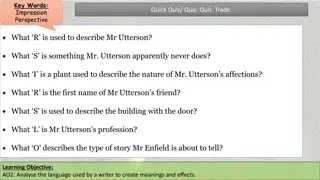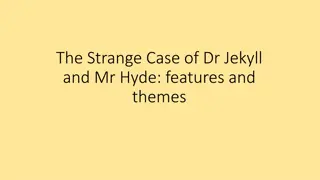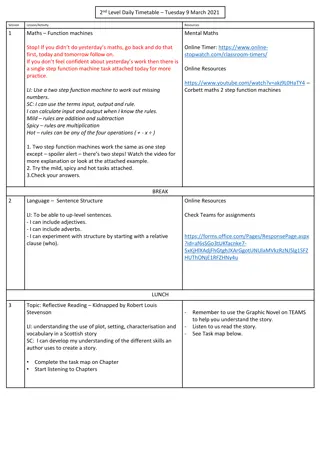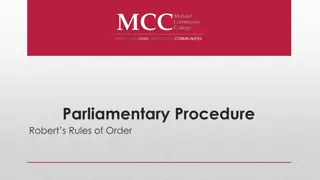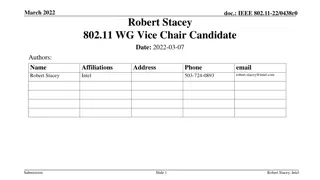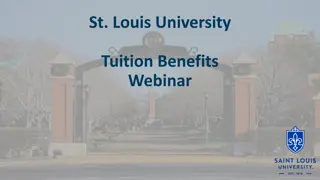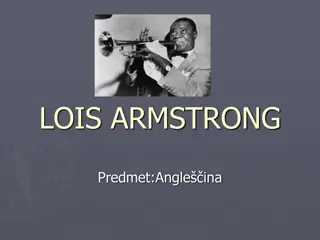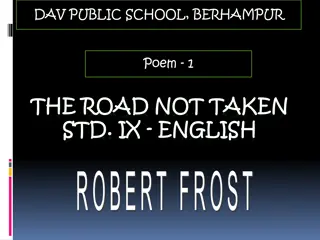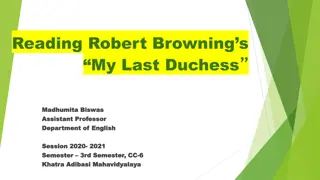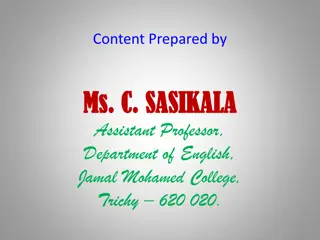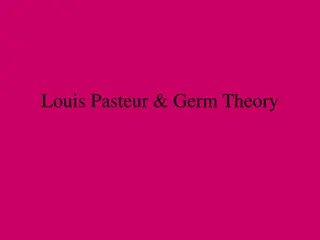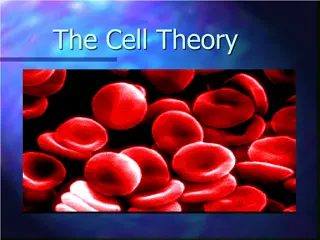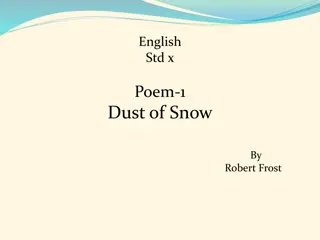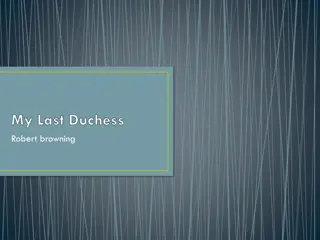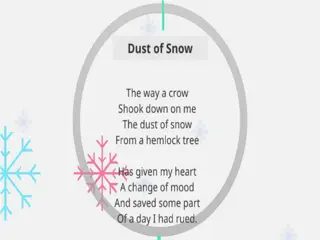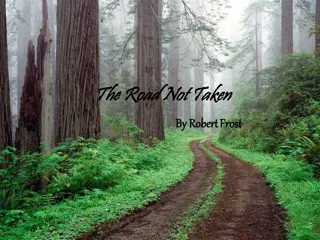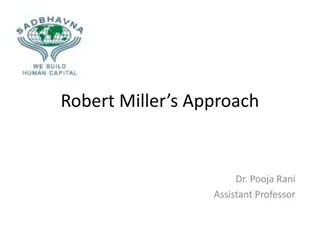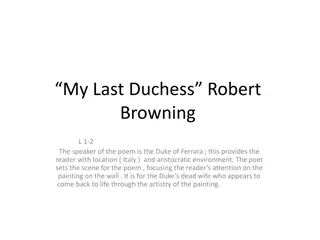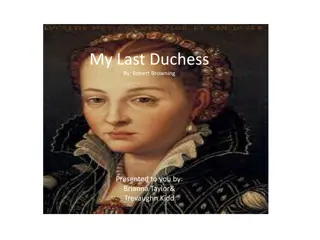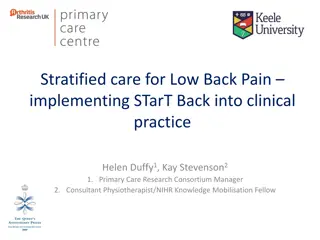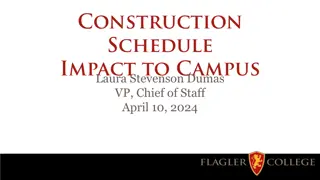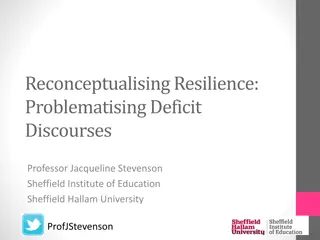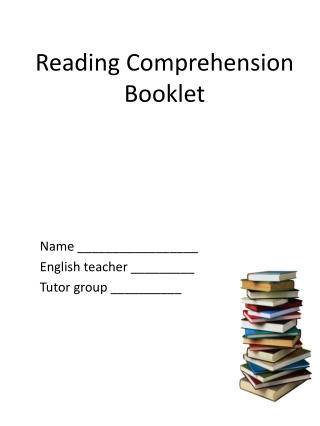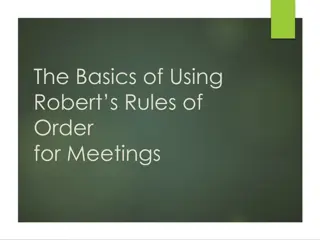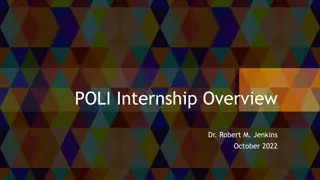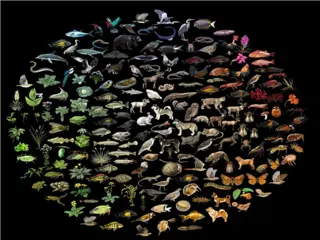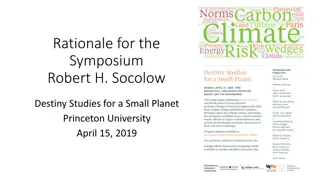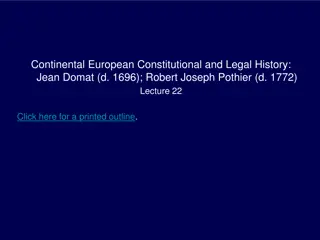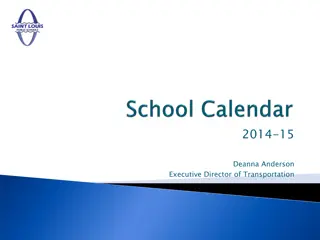Analysis of "The Vagabond" by Robert Louis Stevenson
The poem "The Vagabond" by Robert Louis Stevenson explores the free-spirited life of a vagabond who finds joy in wandering and embracing nature. The central theme revolves around the vagabond's preference for a life of freedom and movement over material wealth and societal ties. Each stanza of the poem delves into the vagabond's contentment with the simple pleasures of the open road and nature, rejecting traditional expectations of wealth, love, and companionship. The vagabond cherishes the beauty of the natural world and the boundless adventure of a life unfettered by societal norms.
Download Presentation

Please find below an Image/Link to download the presentation.
The content on the website is provided AS IS for your information and personal use only. It may not be sold, licensed, or shared on other websites without obtaining consent from the author. Download presentation by click this link. If you encounter any issues during the download, it is possible that the publisher has removed the file from their server.
E N D
Presentation Transcript
PODAR INTERNATIONAL SCHOOL,NANDED Subject : ENGLISH POETRY Std 7 THE VAGABOND By Robert Louis Stevenson
Central Theme : TheVagabond, by Robert Louis Stevenson (1850-1894), is spoken by a free-spirited hiker who claims to enjoy his sometimes challenging and isolated existence of moving from place to place in the great outdoors. The poem is like a statement of belief in living life as a vagabond. All a vagabond needs is nature and a place to go. There s the life for a man like me.
INTRODUCTION A vagabond can be a homeless person, but vagabonds can also be people who choose to live their life moving around. Vagabonds, like the one in Stevenson s poem, get itchy feet if they stay any place too long. They prefer new places, new people and different ways of life to living by the expectations and rules of partners, family, or friends. In the 19th century, a vagabond life was associated closely with Bohemianism living without the rules of society. Vagabonds have been described as people with a vagrant strain in the blood, a natural inquisitiveness about the world beyond their doors.
Explanation: Stanza 1 Give to me the life I love, Let the lave go by me, Give the jolly heaven above And the byway nigh me. Bed in the bush with stars to see, Bread I dip in the river - There's the life for a man like me, There's the life for ever. In the first stanza the speaker (vagabond) summarizes the joys of the life he loves. He has the radiant sky above him .He has the byway right at hand near him ( the byway nigh me ). When he sleeps at night, he sleeps in nature's natural bed and has the ceiling of the sky above him ( Bed in the bush with the stars to see ). For breakfast, he dips his morning bread in the fresh cool river instead of in a cup of coffee or tea ( Bread I dip in the river ). For there is a life for a man like him and there is the life for ever.
Explanation: Stanza 2 "Let the blow fall soon or late, Let what will be o er me; Give the face of earth around, And the road before me. Wealth I ask not, hope nor love, Nor a friend to know me; All I ask, the heaven above And the road below me." All that the vagabond is interested in is a life of unlimited travel. He wants to avoid all human associations nor a friend to know me . All that he wants to do is travel from one place to another without any restraint whatsoever, not concerned about the weather or material wealth or possessions or anything else around him. Vagabond says that no matter how long his life, or what happens to him, the wealth, hope, love and friends that other people need are not important to him. All he needs is his freedom.
Explanation: Stanza 3 Or let autumn fall on me Where afield I linger, Silencing the bird on tree, Biting the blue finger. White as meal the frosty field Warm the fireside haven Not to autumn will I yield, Not to winter even! Stanza 3 tells us that nothing, not even the worst weather or the cold of autumn and winter will convince the Vagabond to give up his freedom. He speaks of harsh conditions in autumn and winter but says that it will not deter him in his yearning to be on the road. He would like to spend his entire life in the outdoors even in the cold autumn and winter months with the sky as his roof. Or let the autumn: here signifying the beginning of old age: fall on him. The fire-side haven is quite warm The frosty field is as white as meal and. But for him, he will not give up to autumn or winter. He is prepared for death anytime it comes, and the destiny of his fate.
Explanation: Stanza 4 Let the blow fall soon or late, Let what will be o er me; Give the face of earth around, And the road before me. Wealth I ask not, hope nor love, Nor a friend to know me; All I ask, the heaven above And the road below me. In the final stanza, he reiterates what he said in the second stanza that he knows he will die sooner or later but he only wants to live his life as he wants on the road, with heaven above and the road below. The world is his his home and the road before him that he will tread. He does not desire the materialism of this world nor a friend to share such worldly fortune. All he wishes for is a place in heaven and the road below him that he must tread in order to reach there.
Vocabulary lave - refers to a flowing water body (river) jolly - happy blow a stroke of misfortune or calamity linger stand or loiter around a place frosty very cold haven a place of safety or refuge afield away from one s usual surroundings byway- a side road nigh- near yield- to surrender or to submit
Figures of Speech Read the following lines: Give to me the life I love Let the lave go by me What literary device/ figure of speech is used? Alliteration Why? the sound of 'l' is repeated for poetic effect. Find other examples of alliteration in the poem. Bed in the bush with stars to see There's the life for a man like me Let the blow fall soon or late Biting the blue finger White as meal the frosty field
Figures of Speech Read the following line: There's the life for a man like me, There's the life for ever. What literary device/ figure of speech is used? Repetition Why? The words 'there's and life is repeated for poetic effect. Find other examples of repetition in the poem. hope nor love, Nor a friend to know me; Not to autumn will I yield, Not to winter even!


